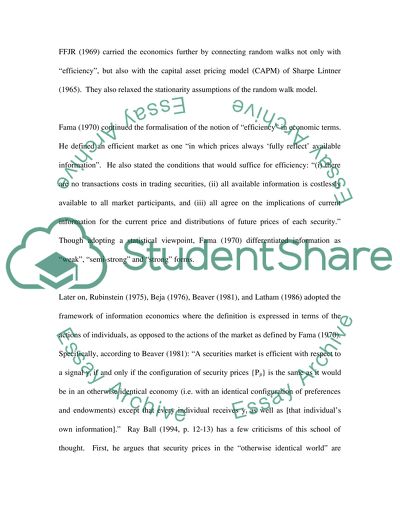Cite this document
(“Orporate finance Essay Example | Topics and Well Written Essays - 4000 words”, n.d.)
Orporate finance Essay Example | Topics and Well Written Essays - 4000 words. Retrieved from https://studentshare.org/miscellaneous/1533547-orporate-finance
Orporate finance Essay Example | Topics and Well Written Essays - 4000 words. Retrieved from https://studentshare.org/miscellaneous/1533547-orporate-finance
(Orporate Finance Essay Example | Topics and Well Written Essays - 4000 Words)
Orporate Finance Essay Example | Topics and Well Written Essays - 4000 Words. https://studentshare.org/miscellaneous/1533547-orporate-finance.
Orporate Finance Essay Example | Topics and Well Written Essays - 4000 Words. https://studentshare.org/miscellaneous/1533547-orporate-finance.
“Orporate Finance Essay Example | Topics and Well Written Essays - 4000 Words”, n.d. https://studentshare.org/miscellaneous/1533547-orporate-finance.


